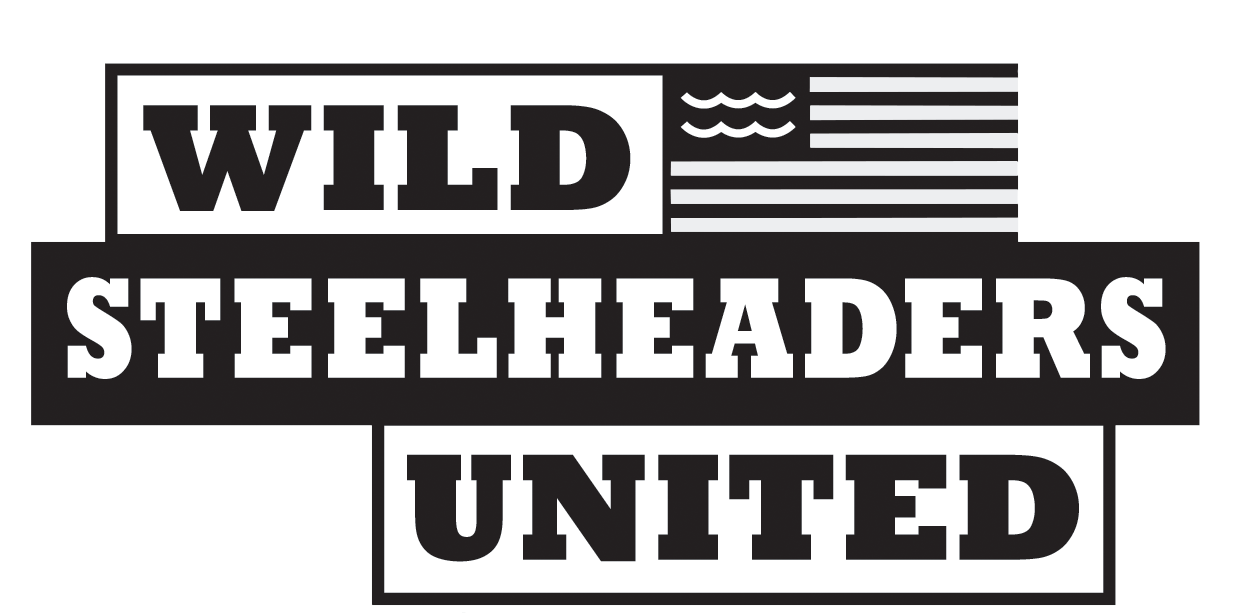This week we review a Master’s Thesis from John David Faudskar, conducted when Faudskar was at Oregon State University in 1980. This study examined how young steelhead behaved during their first summer of life in the Rogue River watershed in Oregon.
Four Northwest Governors Commit to Action for Columbia Basin Steelhead, Salmon
An agreement released today by the Governors of Oregon, Washington, Idaho and Montana establishes the importance of a regional dialogue focused on rebuilding Columbia River salmon and steelhead stocks while addressing the needs of other stakeholders and communities and commits resources to making it happen.
A Portfolio Approach to Management: The Future of Puget Sound Steelheading
For the past three years, a diverse group of anglers with a shared passion for Puget Sound steelhead have worked to develop a portfolio of watershed-specific conservation, fishery, and hatchery strategies for that population. We’re excited to share with you a sneak-peek of the Quicksilver Portfolio.
Quiz: How much do you know about steelhead biology and management?
So how much do you really know about steelhead biology and their management? Take a crack at our 12-question quiz that was developed by our team here at Wild Steelheaders United and test your knowledge.
Science Friday: Steelhead in hot water, and what it means for catch-and-release
As predicted for summer steelhead in the Columbia River and many other watersheds in Washington and Oregon, something has happened to the fish. There are precious few of them this season. But it’s important to remember that ebb and flow in population size is part-and-parcel with these fish — and for all salmon in general. We likely pay more …
Anglers ask NOAA to expedite Skagit decision
Hundreds of anglers, industry representatives and community businesses all signed on to a letter urging the National Oceananic and Atmospheric Adminstration to expedite a review that would re-open the Skagit River for the 2018 winter/spring steelhead season. The following letter was recently submitted: Barry Thom West Coast Administrator Peter Dygert Branch Chief Anadromous Harvest Management National Marine Fisheries Service …
What is a B-run steelhead?
Fisheries managers predict this will be a very bad year for returning B-run steelhead in the Snake River. The Snake, with its headwaters straddling the Teton Range on the Idaho-Wyoming border, is the largest tributary to the Columbia and its intact habitat and steelhead runs are vital to the overall health of Columbia River steelhead populations. Despite the high quality …
Science Friday: The different life histories of adult steelhead
Last week we reviewed the terms used to define different stages of the juvenile steelhead life cycle. This week we break down the life stages of adults and describe their different life histories, which are remarkably diverse. The adult steelhead life stage may be delineated into two categories: adults and kelts. Adults are fish that are mature or preparing …
Science Friday: The life stages of juvenile steelhead
We have spent the last several weeks introducing and defining a variety of terms used in steelhead management. This week, we shift to looking at terms related to steelhead biology, specifically terms used to describe different life stages of juvenile steelhead. Let’s start with eggs. These are the little round suckers that produce the fish. Seriously, everyone understands the …
Science Friday: What the heck do all those acronyms mean?
Science Friday! Another chance to dive into the weeds and define some of the jargon used when discussing, studying and evaluating hatchery steelhead. This week we focus on acronyms commonly used in hatchery management plans. Anyone who has read through a Hatchery Scientific Review Group plan or review, or most any resource management plan for that matter, has probably …

